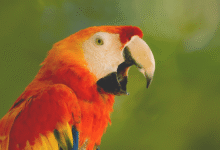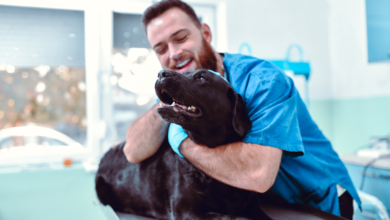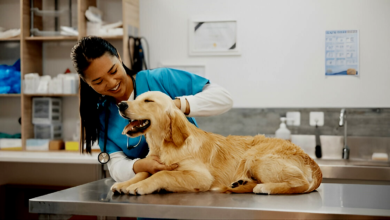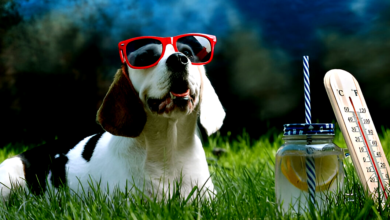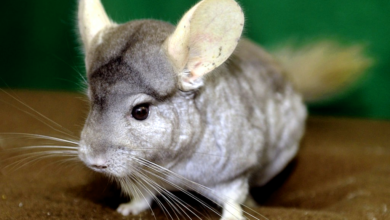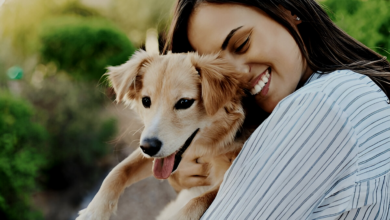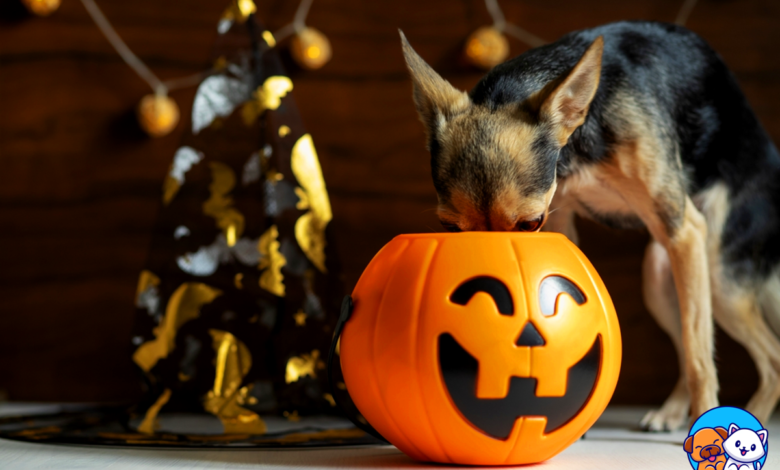
Halloween Candies for Dogs: 7 Most Dangerous Treats
No matter how much they plead, your dog should not receive Halloween candy from the bowl. There are numerous reasons why eating candy with your companion is generally prohibited. Certain candies, such as dark chocolate and those containing xylitol, can make your dog extremely ill or even kill him. Others are likely to cause stomach upset.
Candies are unhealthy for dogs and can contribute to numerous health issues, including obesity. If you suspect that your dog has consumed confectionery, contact your veterinarian immediately.
7 Most Dangerous Halloween Candies for Dogs
Chocolate
Chocolate is one of the most common causes of concern, as it is commonly available and has enticing scents for our canine companions. Depending on the type and quantity of chocolate ingested, chocolate can cause a variety of problems for dogs. Milk chocolate is safer than semisweet chocolate, which is safer than dark chocolate, which is safer than baker’s chocolate.
The volume of chocolate and the dog’s size also matter. If a chihuahua consumes 20 bars of milk chocolate, they will be in trouble, but if a Labrador retriever consumes one fun-sized bar, he will likely be fine. Be prepared to provide your veterinarian with your dog’s weight and the type and quantity of chocolate consumed when you call. The veterinarian can establish the optimal treatment options.
What makes chocolate toxic to dogs but not people?
Theobromine and caffeine are two of the active substances present in chocolate. Because dogs are not designed to metabolize these substances as efficiently as humans, these chemicals are significantly more potent in dogs.
The symptoms of chocolate toxicity vary depending on the type and quantity of chocolate consumed. The onset of symptoms may take several hours, so do not presume that everything is fine if your dog appears and acts normally.
In minor cases, a dog with chocolate toxicity may only exhibit the following symptoms:
- Vomiting
- Diarrhea
- Restlessness
- Panting
- Excessive thirst
- Urination
- High heart rate
Some dogs may experience more severe symptoms, such as tremors, seizures, heart failure, and death.
Even if your dog has only consumed a small quantity of milk chocolate, you should contact a veterinarian immediately.
Chocolate-Covered Raisins
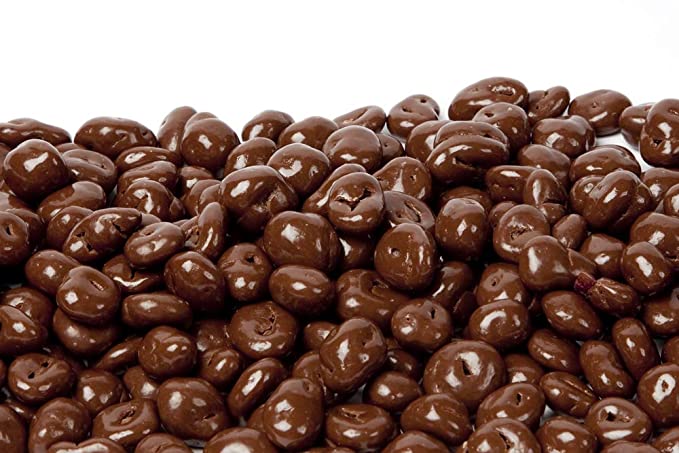
Unfortunately, chocolate-covered raisins combine two problems for our pets: chocolate’s toxicity and the danger associated with eating raisins. Even a single raisin or grape can cause some dogs to become gravely ill and even cause them to perish of kidney disease.
Signs can be very similar to those of chocolate toxicity, but they are typically characterized by excessive thirst and urination, poor appetite, vomiting, and lethargy.
If your dog has ingested any amount of raisins or grapes, including raisins covered in chocolate, it is crucial to have them examined promptly.
Hard Candies
Hard candies, specifically sugar-free varieties that may contain xylitol, can be hazardous for dogs. Even a minute quantity of xylitol can cause a severe drop in blood sugar in dogs, which can result in seizures, coma, and even death. If you suspect that your dog has consumed even one sugar-free hard confection, contact your veterinarian immediately.
As well as causing suffocation, hard candies can cause obstructions if multiple candies “stick together” in the stomach. Because the candy is slippery when wet, it is also easy to inhale and obstruct respiration.
Dogs that consume a few hard candies may experience only a mild stomach disturbance, but those that consume more or those that contain xylitol may have a much more difficult time. It frequently begins with vomiting, diarrhea, and lethargy, then progresses to loss of appetite, agitation, panting, and abdominal discomfort. Seizures and other neurological symptoms could develop in severely affected canines.
Call your veterinarian immediately and be prepared to provide the approximate weight of your dog, as well as the varieties and quantity of hard candies that may have been consumed.
Candy Corn
During Halloween, candy corn and other sugary chocolates are commonly found in large quantities in homes. These are not considered to be toxic to dogs, but they can surely make them sick and severely disrupt their digestion.
These high-sugar treats for humans can cause severe abdominal discomfort in canines, in addition to painful gas, bloating, and diarrhea. In sensitive dogs, intestinal inflammation (swelling) may extend to the pancreas, resulting in pancreatitis. This is a potentially fatal dog disease that requires treatment.
The symptoms of a problem with these candies are identical to those described previously, typically beginning with vomiting, diarrhea, a painful abdomen, agitation, rapid breathing, and lethargy. In the case of pancreatitis, however, the symptoms are frequently severe and persistent, and complete manifestation may take several days after exposure. Some canines who become ill after eating candy corn appear to recover but then become sick again. In such instances, pet owners may neglect the fact that the candy was the root cause.
Contact your veterinarian if you believe your dog has consumed high-sugar delicacies such as candy corn, but less than two teaspoons is probably safe for medium- to large-sized dogs.
Lollipops
Similar to other confectionery, lollipops offer a number of risks. They may pose a choking hazard, obstruct the gastrointestinal tract, become slippery when moist and block the airway, and are loaded with sugar. There are numerous reasons why they should not be given to your pets.
Suppose your dog consumes one or more of these candies. In that case, the symptoms are similar, and the advice is the same: contact your veterinarian with information about your companion and what they may have consumed so that they can determine treatment.
Candy Wrappers

Most dogs only unwrap candies after eating them, and sometimes the wrappers pose a greater hazard than the candies themselves. If consumed in excess, coverings may clump together and cause gastrointestinal obstruction. Wrappers are likely to cause inflammation (swelling) of the gastrointestinal tract, which frequently results in loss of appetite, vomiting, and diarrhea, even in small quantities.
In extreme circumstances, surgery may be required to remove the coverings. In less severe cases, medication to calm the gastrointestinal tract may be sufficient.
Remember to mention the number of wrappers you believe your dog may have also consumed when discussing the candy with your veterinarian.
My dog ingested Halloween candy. What to do now?
If your pet has consumed Halloween candy, it is best to seek advice quickly to determine what, if any, actions are necessary for your pet. It is best not to wait until your companion develops clinical symptoms, as this indicates that some toxins have already been absorbed, making treatment more difficult and costly.
Particularly if your companion consumed dark chocolate, anything containing raisins, or more than one or two candy wrappers, a trip to the veterinarian is likely required. Your first contact should be with your regular veterinarian if they are open or, if they are closed, to the closest emergency clinic.
Also recommended is contacting poison control. The American Society for the Prevention of Cruelty to Animals and Connect with a Vet (Chewy) both run hotlines. Ensure that you are contacting a veterinary-specific hotline that will relay their recommendations directly to the clinic where your pet will be seen. This may expedite treatment, but you should make contact before your trip to the veterinarian. However, if you are able to call while you are waiting to be seen, this could be extremely beneficial.
It is alluring to induce vomiting, but you should only do so if instructed to do so by a veterinarian or poison control. Some issues can be exacerbated by inducing regurgitation.
Possibly most significantly, avoid panic! Your pet can detect your emotions, so if you are tense, so will they be. Remain composed and work with your veterinarian to resolve the situation.
Read: 5 Halloween Pet Safety Tips You Need To Know
Keeping Your Pets Safe During Halloween
Prevention is more cost-effective than treatment. Make sure to keep all candy out of your pets’ reach. It is best not to have anything in the home that is exceedingly toxic to your pet. Don’t purchase dark chocolate or xylitol candies for your residence. Bring it to work as a snack and leave the remains there. Remember that there are numerous pet-friendly recipes available if you truly want to share Halloween treats with your canines.
It is helpful to maintain emergency information nearby so that you do not have to search for it in the event of an emergency. Put the numbers on your phone and post the information in a visible location in your home. Include the contact information for your regular veterinarian, the areas of the nearest one or two emergency clinics, and your dog’s current weight.
You can prevent Halloween from becoming a dangerous and frightening time for your pets by taking a few precautions. Instead of sharing candies with your dogs, search for pet-safe treats!

